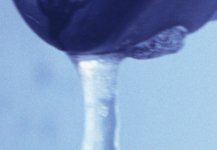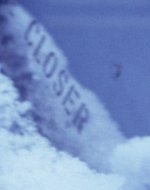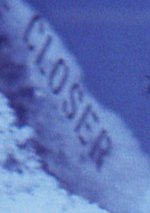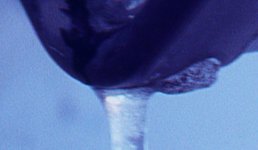I've owned a coolscan IV, 8000, and a V500. The Coolscans are better for 35mm, and the software I found more useful than epson scan.
Personally, in a hypothetical situation, I would buy a better scanner first because scanning is so tedious that going back and rescanning everything after I got a great scanner some years down the line just isn't going to happen.
Plus, the chances of someone bringing out a new film scanner better than what is currently available are really low, because the market is so small. I worry that film scanners will become like reel to reel tape machines, where a small community of users compete against each other to pay a lot of money for what second hand, good condition models are still available, and if any are still available new, they will either be super expensive Imacons aimed at a niche market or minor improvements of the V700.
Have you seen how much Coolscans go for on German ebay? A surprisingly large amount of money, I'm sure the prices are rising.
So while good lenses will always be available at reasonable prices, film scanners will become harder and harder to get and more expensive.
But anyway, aside from the post-apocalyptic scenario, I'm not sure if the difference between a Coolscan and a V500 is so incredible that you just have to buy the scanner. If you PM me your email I can send you scans of the same frame from a V500 and the 8000 so you can make up your own mind.
The Betterscanning inserts are probably a cost effective way of upgrading your V500:
http://www.betterscanning.com/
I've never used them myself, but it stands to reason that flat film will make a big difference to how sharp the scans are.







